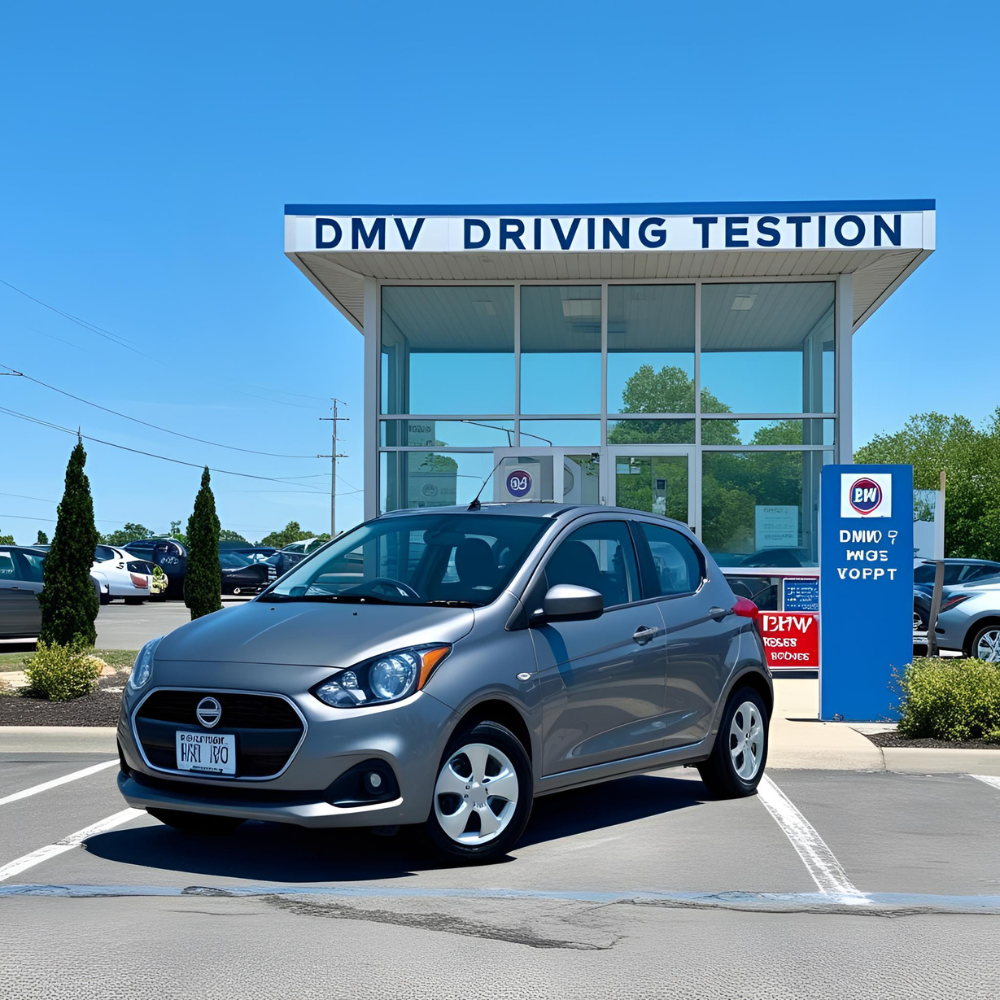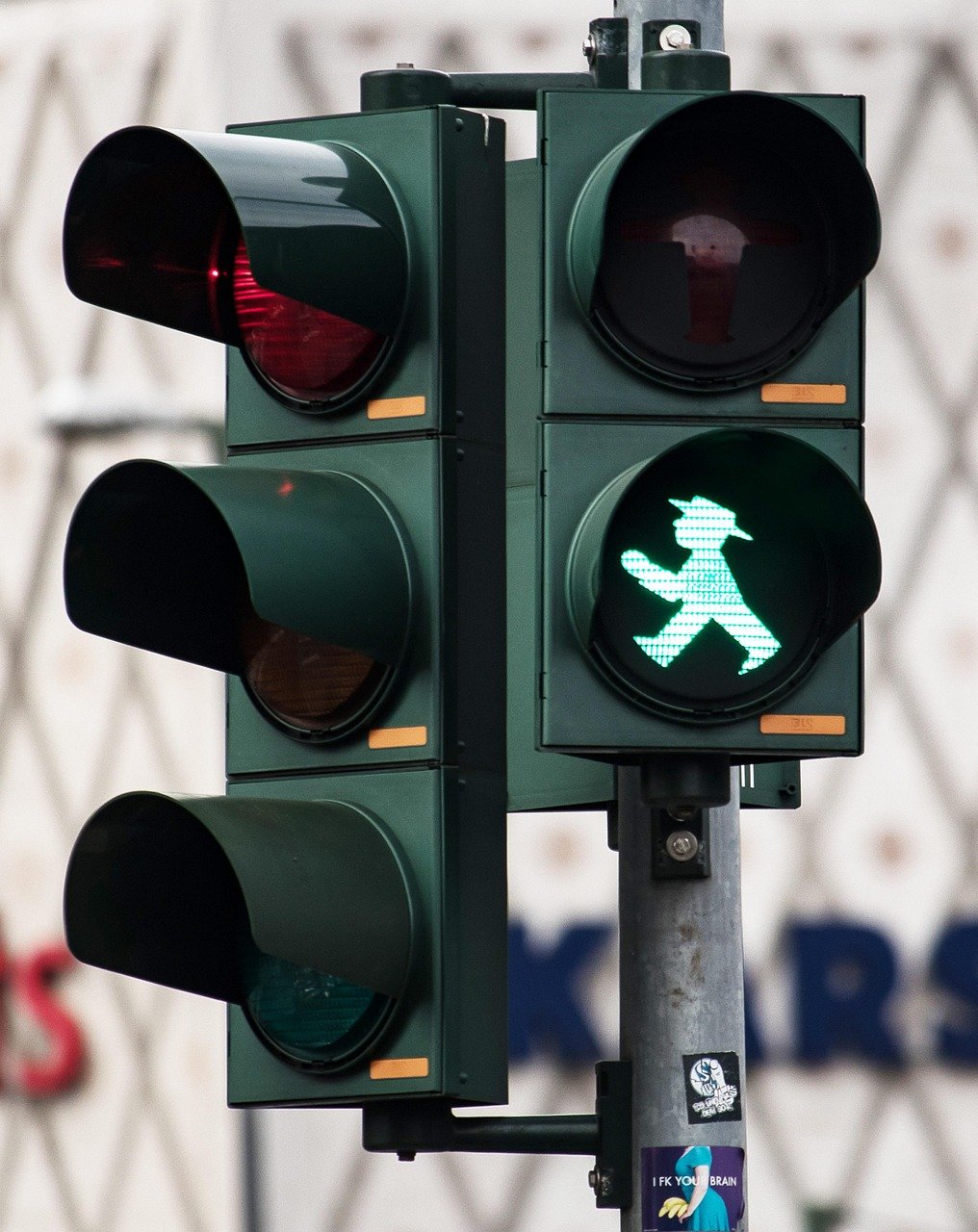
Master DMV Rules
Want to see these rules in action?
👉 Subscribe to our YouTube channel for step-by-step videos on driving tips, DMV test prep, and real-world driving scenarios.
🎬 Watch now and pass your test with confidence!
Frequently Asked Questions
The number varies by state, typically ranging from 20 to 50 questions.
A: Most states require a score of 80% or higher to pass.
Yes, but retake policies differ by state. Some may require a waiting period or limit the number of attempts.
A: Common topics include road signs, traffic laws, safe driving practices, and vehicle operation.
Tailored Solutions for Your DMV Test Success
Road Signs & Traffic Signals
Understanding road signs is one of the most important parts of passing the DMV written test. These signs guide, warn, and regulate driver behavior on the road. Let’s break them down into 3 key categories:


Defensive Driving Techniques
Defensive driving means being prepared—not just for what you do, but for what others might do. It’s a skill that can prevent accidents, keep you safe, and help you pass your road test with confidence.
Intersections & Right-of-Way Rules
Understanding who goes first at intersections is one of the most tested and misunderstood parts of the DMV written and road tests. Let’s break it down with simple rules and visual scenarios.

🚦 Road Signs & Traffic Signals Understanding road signs
Understanding road signs is one of the most important parts of passing the DMV written test. These signs guide, warn, and regulate driver behavior on the road. Let’s break them down into 3 key categories:
🔴 1. Regulatory Signs
These signs indicate rules you must obey. Disobeying them can result in tickets or test failure.
Examples:
STOP – Come to a complete stop and yield to other traffic.
YIELD – Slow down, prepare to stop if necessary, and give right-of-way.
Speed Limit – Shows the maximum or minimum legal speed.
No U-Turn / No Parking – Specific restrictions in the area.
🟡 2. Warning Signs
These signs alert you to hazards or changes in the road ahead.
Examples:
Curve Ahead – Slow down for a sharp turn.
Pedestrian Crossing – Watch for people crossing the street.
Slippery When Wet – Be cautious during rainy or icy conditions.
Merging Traffic – Prepare for vehicles entering your lane.
🔵 3. Guide Signs
Guide signs help with directions, distances, and road information.
Examples:
Highway Exit Signs – Show upcoming exits and destinations.
Mile Markers – Help measure distance and location on highways.
Rest Area – Facilities and breaks for long-distance travelers.
Hospital / Gas / Food – Services available nearby.
✅ DMV Test Tip
Many DMV tests include images of signs—study the shape, color, and meaning. For example, red signs usually mean “stop or prohibit,” while yellow signs are general warnings.
🚧 What Is Defensive Driving?
Defensive driving is a proactive approach to the road. Instead of just reacting, you’re always anticipating risks, watching other drivers, and planning ahead. It’s one of the most valued skills by DMV examiners and professional instructors.
🧠 Key Defensive Driving Strategies
1. Maintain a Safe Following Distance
Use the 3-second rule: Stay at least 3 seconds behind the car in front of you. Add more space in bad weather or at higher speeds.
2. Scan the Road Ahead
Keep your eyes moving—check mirrors, watch intersections, and look 10–15 seconds ahead to spot potential hazards early.
3. Expect the Unexpected
Assume drivers may not see you, miss signals, or make mistakes. Be ready to slow down or stop suddenly if needed.
4. Stay Out of Blind Spots
Avoid driving in other vehicles’ blind zones. Make sure you can see the driver’s face in their mirror—if you can’t, they probably can’t see you.
5. Don’t Drive Distracted
Put the phone down. Even a 2-second glance away from the road can lead to a crash.
🚗 Defensive Driving in Action
| Situation | Defensive Response |
|---|---|
| Tailgated by another driver | Stay calm, maintain speed, and move over safely if possible. |
| Car suddenly stops in front | Because you’re using the 3-second rule, you have time to brake smoothly. |
| Foggy or rainy road conditions | Slow down, use low beams, and increase following distance. |
✅ DMV Test Tip
Examiners watch how you scan mirrors, maintain space, and respond to traffic. Defensive driving isn’t just safe—it’s the key to passing the road test.
